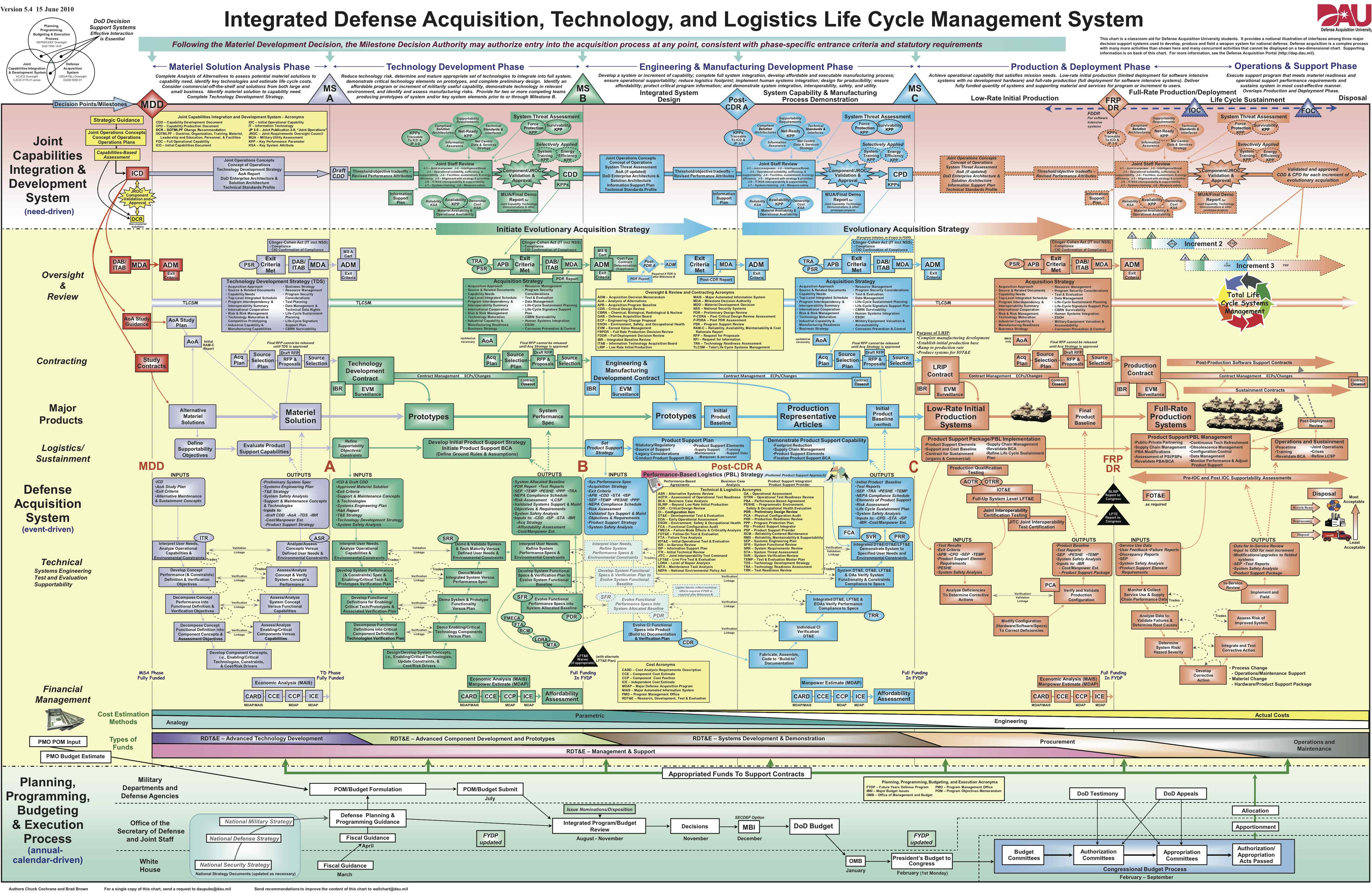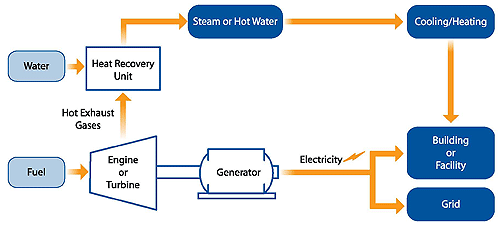Generating Market Demand
The purpose of energy efficiency programs is to cost effectively generate market demand for energy efficiency that would not be achieved without market intervention. An energy efficiency process evaluation investigates the effectiveness of programmatic interventions through qualitative and quantitative analysis. Marrying the analytical engineering-based approach of impact evaluation with the typically more social science orientation of traditional process evaluation can generate useful, actionable results to help program administrators improve market interventions to increase participation, depth of savings, and market transformation.
The New Construction Market
Looking at the commercial new construction market we see a confluence of events and activities that influence the market’s rate of adoption of energy efficiency.
Consumers, including building owners, are increasingly aware of the implications of climate change. Architects and engineers have heightened awareness of the need to improve designs to reduce energy and environmental impacts of buildings as evidenced in the AIA’s 2030 Commitment. You can check out the new reporting tool developed by the AIA by following the trail and using the logins noted in Mike Davis’s recent blog post on the topic. This is one example of how the market is moving to advance energy efficiency without any intervention from energy efficiency programs.
LED Lighting
Another example is the rapid adoption of LED lighting. In general, many people are less than enthusiastic about fluorescent lighting. LED lighting is cool. I recall laughing once when someone said screw based compact fluorescent lamps were “sexy.” I do think some of the beautifully designed LED luminaires actually could rise to that level. People want them because they are beautiful, new, sleek and provide entirely new ways to light spaces. The fact that LED lighting is also becoming the leading energy efficiency product is often a bonus point, but not the driver for installing LED lighting.
Knowing the Market to Put the Pieces Together
So how does this relate to process evaluation? When we are looking at program impacts on the market, (whether it’s program processes or energy savings impacts) we need to understand the market dynamics at play. I’ve seen evaluation teams conducting process evaluations where the team themselves do not have a solid background in the market they are studying. While this approach could potentially produce unbiased results it is more likely to result in uninformed findings that are not useful to the program administrators who are typically extremely knowledgeable about the markets they serve and are looking for evaluations to provide insights through qualitative and quantitative research.
Why Energy Efficiency Process Evaluation Needs Market Smarts
A research team that includes social scientists who are skilled in survey design and controlling for bias and engineers who work in and know the market that is being researched will provide programs with the most useful and actionable information on program processes and impacts.





